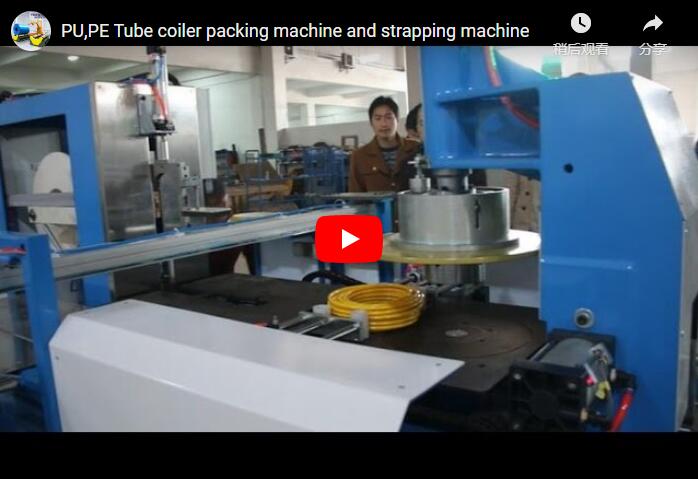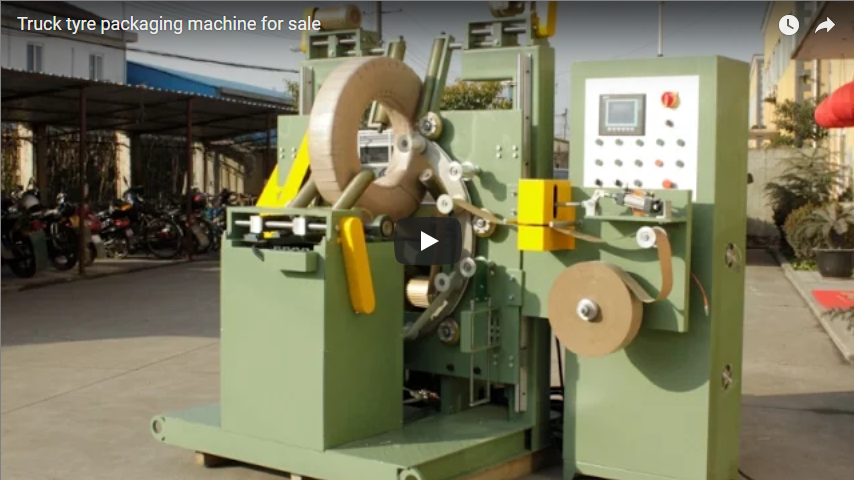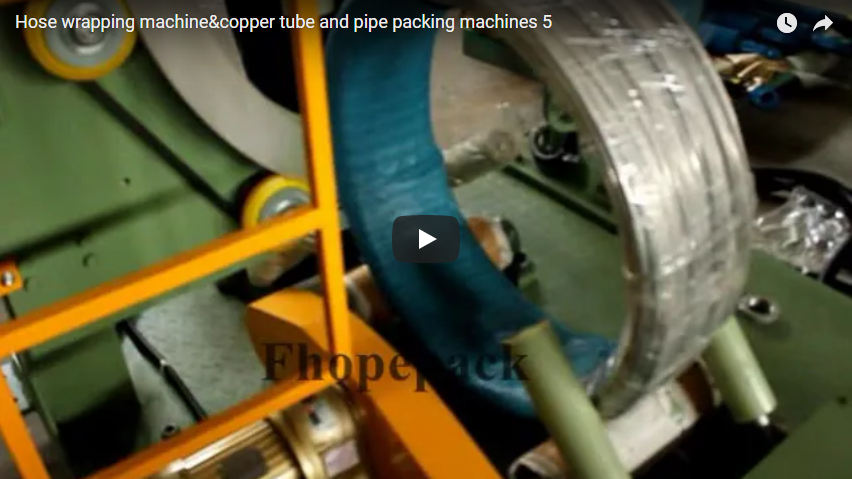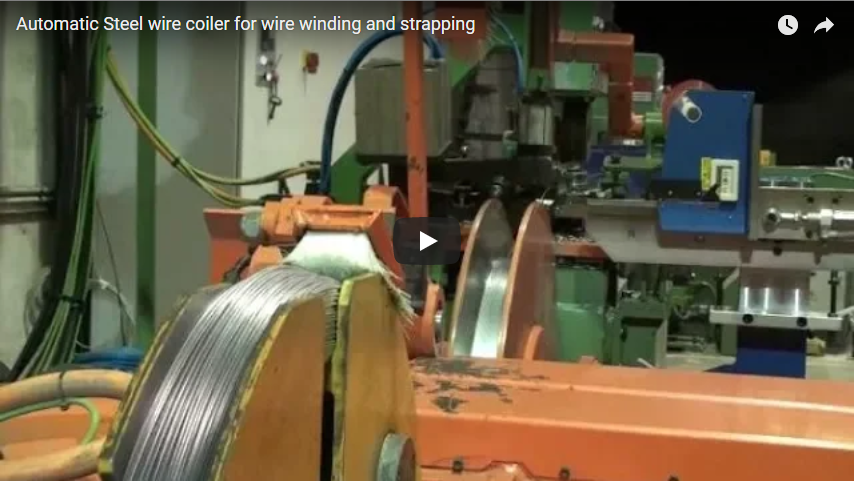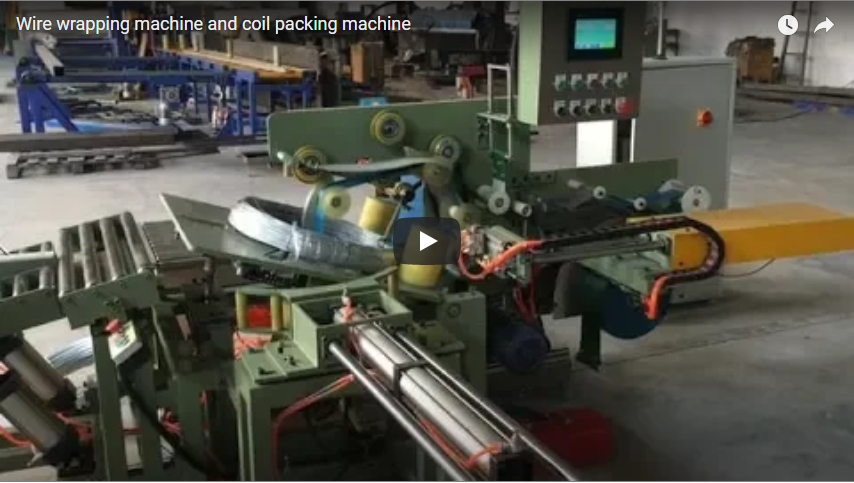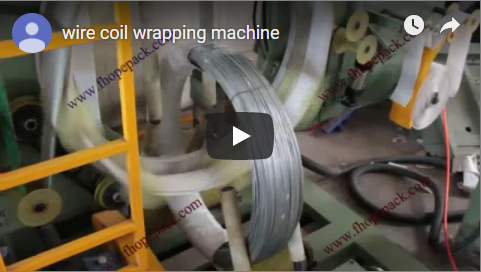The efficient and secure packaging of large Prestressed Concrete (PC) steel wire coils presents a significant challenge in the steel industry. Ensuring product integrity during transport and storage, while optimizing operational efficiency, demands specialized automated solutions. This article delves into the technical specifications, design considerations, operational benefits, and user experience of a modern PC steel wire packing machine, as showcased in the video above, designed to wrap coils securely with protective materials and apply branded tape automatically.
1. The Challenge: Packaging Large PC Steel Wire Coils
PC steel wire coils are inherently heavy, bulky, and susceptible to environmental factors like moisture, which can lead to corrosion. Manual or semi-automated packaging methods often struggle with:
- Consistency: Achieving uniform wrapping tension and overlap manually is difficult.
- Speed: Manual processes are time-consuming, creating bottlenecks in production flow.
- Safety: Handling heavy coils poses ergonomic risks to personnel.
- Protection: Inadequate wrapping can lead to damage during handling or corrosion during storage/transit.
- Branding: Applying branded tape consistently and professionally can be challenging manually.
Addressing these issues requires a robust, automated packaging system specifically engineered for large wire coils.
2. Solution Overview: The Automated PC Steel Wire Coil Packing Machine
The machine featured demonstrates a comprehensive automated solution designed to receive large PC steel wire coils, apply a protective wrapping layer (such as VCI paper or stretch film), and securely finish the package with automatically applied adhesive tape, often incorporating the manufacturer's logo. This system streamlines the end-of-line packaging process, enhancing both protection and presentation.
3. Technical Specifications & Design Insights
Understanding the machine's capabilities requires looking at its core technical data and design philosophy. While specific models vary, typical specifications for such a machine include:
Parameter Comparison:
| Parameter | Typical Range/Value | Significance |
|---|---|---|
| Coil Outside Dia. | 800 - 1500 mm | Defines the maximum coil size capacity. |
| Coil Inside Dia. | 500 - 900 mm | Important for centering and handling mechanisms. |
| Coil Width | 400 - 800 mm | Determines the required wrapping shuttle stroke. |
| Coil Weight | 500 - 3000 kg | Dictates structural robustness & handling capacity. |
| Wrapping Material | VCI Paper, HDPE, Stretch Film | Offers flexibility based on protection needs. |
| Material Roll Width | 90 - 120 mm | Standard widths for efficient material usage. |
| Wrapping Speed | 2 - 4 m/sec (Ring Speed) | Impacts overall cycle time and throughput. |
| Ring Rotation Speed | 40 - 90 RPM | Adjustable based on coil size and material. |
| Overlap Rate | 20% - 80% (Adjustable) | Controls the level of protection and material use. |
| Taping Unit | Automatic Application | Ensures secure closure and branding opportunity. |
| Control System | PLC with HMI Touchscreen | Allows easy parameter setting and monitoring. |
| Power Supply | 380V/50Hz/3Ph (Typical) | Standard industrial power requirement. |
| Air Pressure | 0.5 - 0.7 MPa | Required for pneumatic actuators. |
Design Considerations:
- Robust Structure: Heavy-duty steel frame designed to withstand high loads and continuous operation.
- Safety Features: Interlocked guarding, emergency stops, and sensor systems to protect operators.
- Automation Level: Fully automated cycle from coil positioning (often via conveyor integration) to wrapping, cutting, and taping.
- Material Handling: Smooth and reliable mechanisms for feeding, tensioning, and cutting wrapping materials and tape.
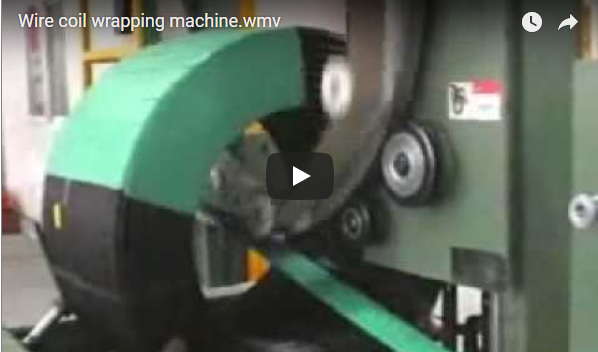
4. Key Components and Functionality
This automated packing system integrates several key components working in unison:
- Coil Loading/Positioning System: Often utilizes conveyors and centering rollers to accurately position the heavy coil within the wrapping ring's working area.
- Rotating Wrapping Ring: The core component carrying the wrapping material shuttle. It rotates around the coil's outer diameter while the shuttle dispenses material through the coil's eye.
- Material Feed & Tension Control: Rollers and braking systems precisely control the unwinding and tension of the wrapping material (e.g., VCI paper) to ensure a tight, secure wrap without damaging the material or the coil.
- Automatic Cutting & Clamping: Once wrapping is complete, a mechanism automatically cuts the material and clamps the end, preparing for the next cycle.
- Automated Taping Unit: Positioned to apply adhesive tape (plain or branded) circumferentially or at specific points to secure the wrapping material end-tail and enhance package integrity. This often includes logo tracking sensors for precise placement.
- PLC Control System & HMI: The brain of the operation. Operators use the Human-Machine Interface (HMI) touchscreen to set parameters like coil dimensions, desired overlap, number of wraps, and taping positions. The PLC executes the programmed sequence.
5. Operational Advantages and Benefits
Implementing such an automated system yields significant advantages:
- Enhanced Throughput: Dramatically reduces packaging cycle times compared to manual methods, increasing overall production output.
- Superior Product Protection: Consistent wrapping with controlled tension and overlap using materials like VCI paper provides excellent protection against corrosion and physical damage.
- Reduced Labor Costs: Automation minimizes the need for manual labor in the strenuous and repetitive packaging process.
- Improved Safety: Eliminates manual handling of heavy coils during wrapping, reducing risks of worker injury.
- Consistent Branding: Automatic application of logo tape ensures a professional and consistent brand presentation on every coil.
- Material Savings: Optimized wrapping programs and precise overlap control can reduce consumption of wrapping materials and tape.
6. Material Handling and System Integration
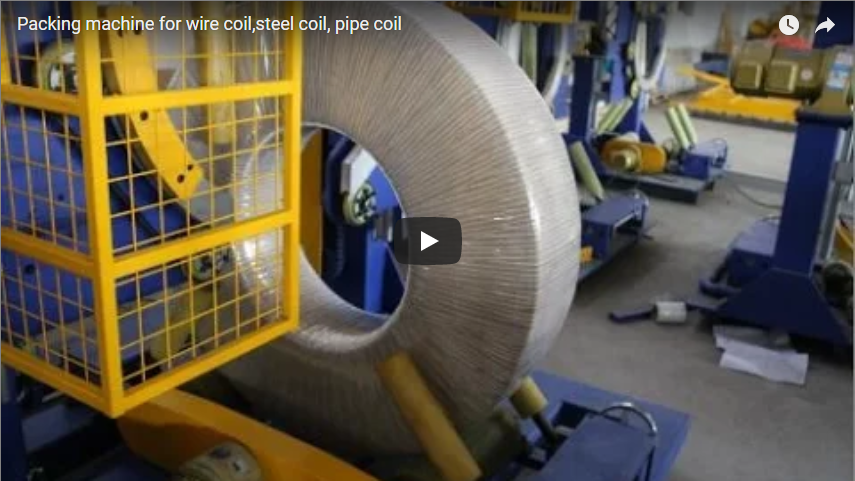
For maximum efficiency, these packing machines are typically integrated into a larger production or warehouse logistics flow. This involves:
- Infeed Conveyors: Automatically transport coils from upstream processes (like strapping or inspection) to the packing machine.
- Outfeed Conveyors: Move the fully wrapped and taped coils downstream for storage, marshalling, or direct dispatch.
- Communication Protocols: Integration with plant management systems (MES, ERP) via protocols like Profibus or Ethernet/IP allows for data exchange, tracking, and remote monitoring.
7. User Experience and Maintenance Insights
From a user perspective, modern PC steel wire packing machines are designed for operational simplicity and reliability:
- Ease of Operation: Intuitive HMI interfaces allow operators to quickly select recipes for different coil sizes or packaging requirements. Error messages and diagnostics are clearly displayed.
- Material Replenishment: Changing rolls of wrapping material and tape is typically straightforward, often facilitated by ergonomic loading aids.
- Reliability: Built with industrial-grade components for high uptime in demanding environments.
- Maintenance: Routine maintenance usually involves lubrication of moving parts, inspection of belts and rollers, sensor cleaning, and periodic checks of pneumatic and electrical systems. Access points are generally designed for ease of maintenance.
8. Conclusion
The automated PC steel wire packing machine represents a critical investment for steel manufacturers seeking to enhance efficiency, ensure product quality, and improve operational safety. By combining robust mechanical design with intelligent PLC control, these systems deliver consistent, high-quality packaging tailored to the specific demands of heavy wire coils. The ability to integrate protective materials like VCI paper and apply branded tape automatically further adds value, protecting the product while reinforcing the manufacturer's brand identity in the market.
For more information on specific solutions:
www.fhopepack.com

